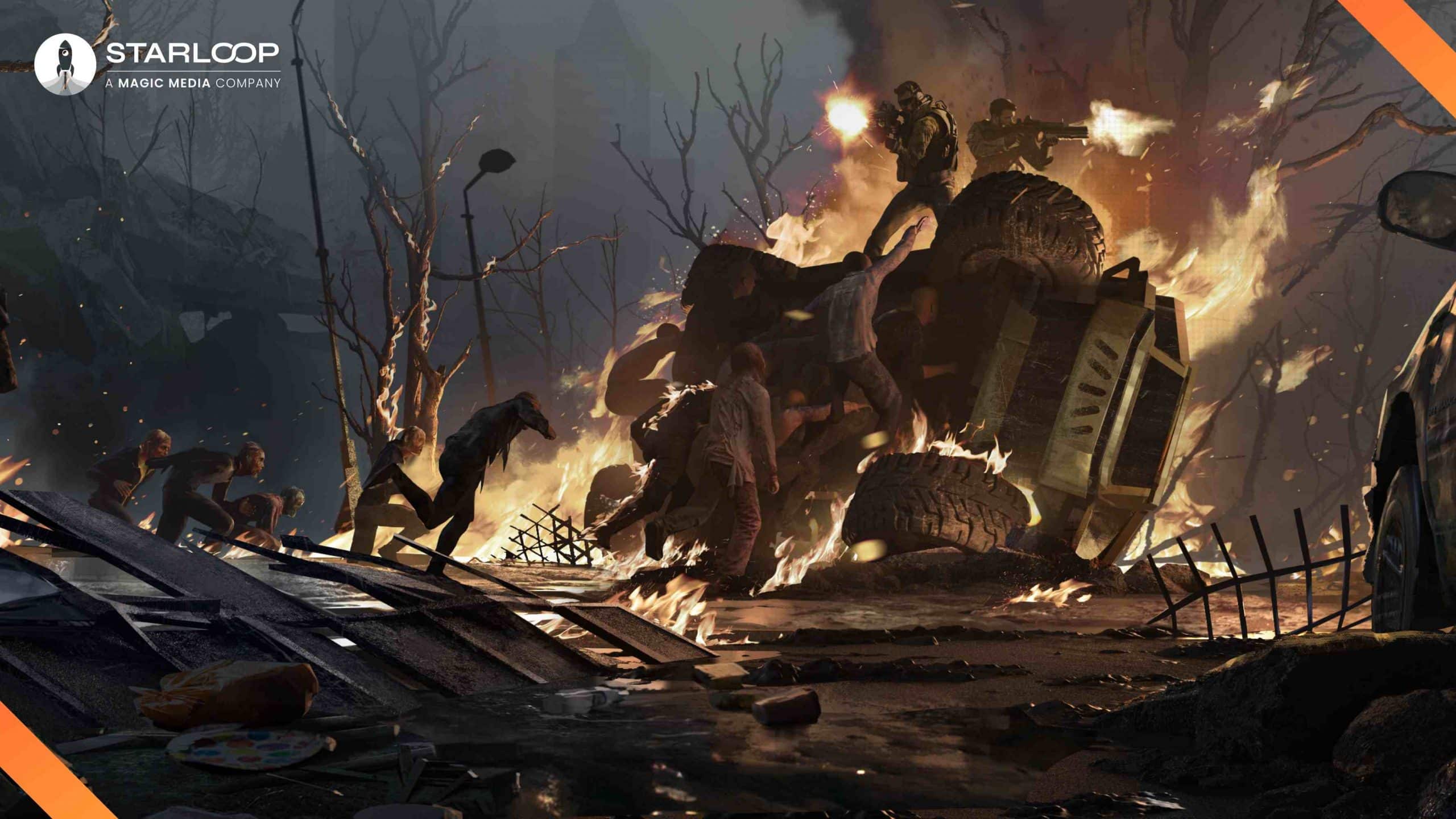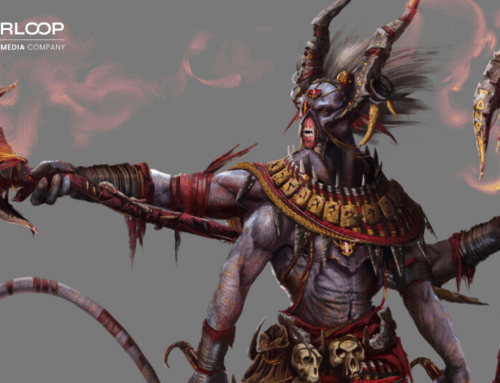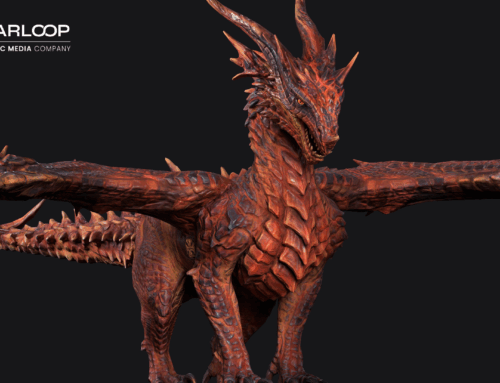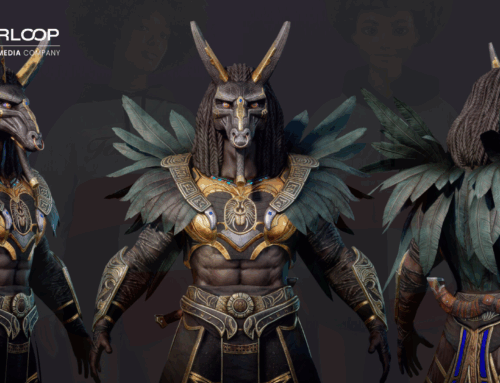Video games have come a long way since their inception. From simple pixel graphics to complex, life-like open worlds, the visuals of modern video games are unparalleled. Of course, this advancement wouldn’t be possible without animation and VFX (visual effects).
Animation and VFX are two integral components of game design and development that contribute to the overall visual aesthetic and presentation of a video game. Vitally, VFX and animation help create a sense of immersion in video games that’s key to the player experience. Acclaimed open-world titles like Elden Ring and The Witcher 3: Wild Hunt are considered excellent examples of the RPG genre, but without top-tier VFX and animation, their worlds could conceivably be less visually appealing and immersive.
VFX Use in Video Games
In video games, animation and VFX are used to create the game’s graphics and visual effects. Animation is used to bring the characters of a game to life, while VFX is used to enhance the game’s environment, and critically, provide players with visual feedback.
A common use of VFX in games is highlighting enemy weak spots with particle effects in action-oriented titles. Often, enemy and boss character weak spots will be highlighted with VFX to inform the player of where to attack. Collectibles also utilize VFX to make them obvious to players. They can be small in scale and hard to see, making the use of VFX a clever way to draw players’ attention.
VFX is essential to shaping the atmosphere in games. It can be used to create environmental effects such as fog, which can be a major element in the atmosphere of horror games and encourage exploration. Elements such as fire and water are created with VFX too, which are some of the more common effects found in titles across the industry.
Without VFX, video games would appear flat and miss the all-important data visualization aspect. By using this technique, game developers can bring their games to life and create immersive experiences for players.
The Importance of Animation in Video Games
Video game animation and visual effects play a vital role in the gaming industry. They help create immersive, realistic, and engaging gaming experiences for players. Where visual effects help establish atmosphere and immersion in the game world, animations play an additional role in creating realistic characters and believable actions.
Quality animation allows players to move and perform actions in a way that befits the world they’re in and add to its immersion as a result. In over-the-top action games such as Devil May Cry, animation makes the exaggerated actions of the player character possible and helps form the game’s high-intensity identity. In notoriously challenging games like Dark Souls, the animation is crucial to the gameplay experience as well. Smooth animations ensure players can evade enemy attacks and play well, and without top-quality animation, the gameplay would suffer.
Animation helps larger game worlds feel lived-in and not just populated with flat characters and objects. In open-world games, it’s common to see towns and villages populated with characters who don’t play an active role in combat or the plot. These non-player characters (NPCs) often have animation cycles to create an impression of who they are and what they do, such as city guards, craftspeople, and more. Using convincing animations to show their role can contribute heavily to the game’s sense of immersion.
VFX and Animation in Game Development
As video games become increasingly realistic, the role of animation and VFX becomes more important. Animation and VFX help to create the illusion of a real-world within the game, making it more immersive for players.
Good animation and VFX can make a big difference in how believable and enjoyable a game is. To create realistic animations and VFX, game developers need to have a strong understanding of animation principles and visual effects. At Starloop, we understand that to make great animations, we need to understand core principles like squash and stretch, and anticipation. Similarly, for VFX, we need to understand its effect on gameplay and its visual language.
Of the many different video game creation tools available, we’ve found success in creating world-class animations and VFX using game engines like Unreal Engine 4 and Unity. The available tools in both engines are excellent for helping to build convincing worlds and characters. Unreal Engine 5, the newest iteration of the long-running game engine, has proven to be a game-changer for creating even more realistic worlds with its advanced feature set.
When creating animations and VFX, it is important to keep in mind the intended audience for the game. For example, children’s games will likely require less detailed and less realistic animations than games intended for adults. Similarly, military shooters like Call of Duty tend to aim for an aesthetic rooted in the real world, which makes realistic animations more appropriate for that series.
Animation and VFX play a vital role in making video games more enjoyable and immersive experiences. With the right tools, techniques, and knowledge, developers can create truly stunning worlds and characters that will immerse players in their games.
Contact Starloop Studios today to learn more about our expert high-quality game development services for all platforms.
As part of Magic Media, we offer a wide range of services for the gaming, entertainment, and tech industries, including but not limited to full-cycle game development, game trailer production, and real-time VFX. Get in contact today, and let’s create magic!



